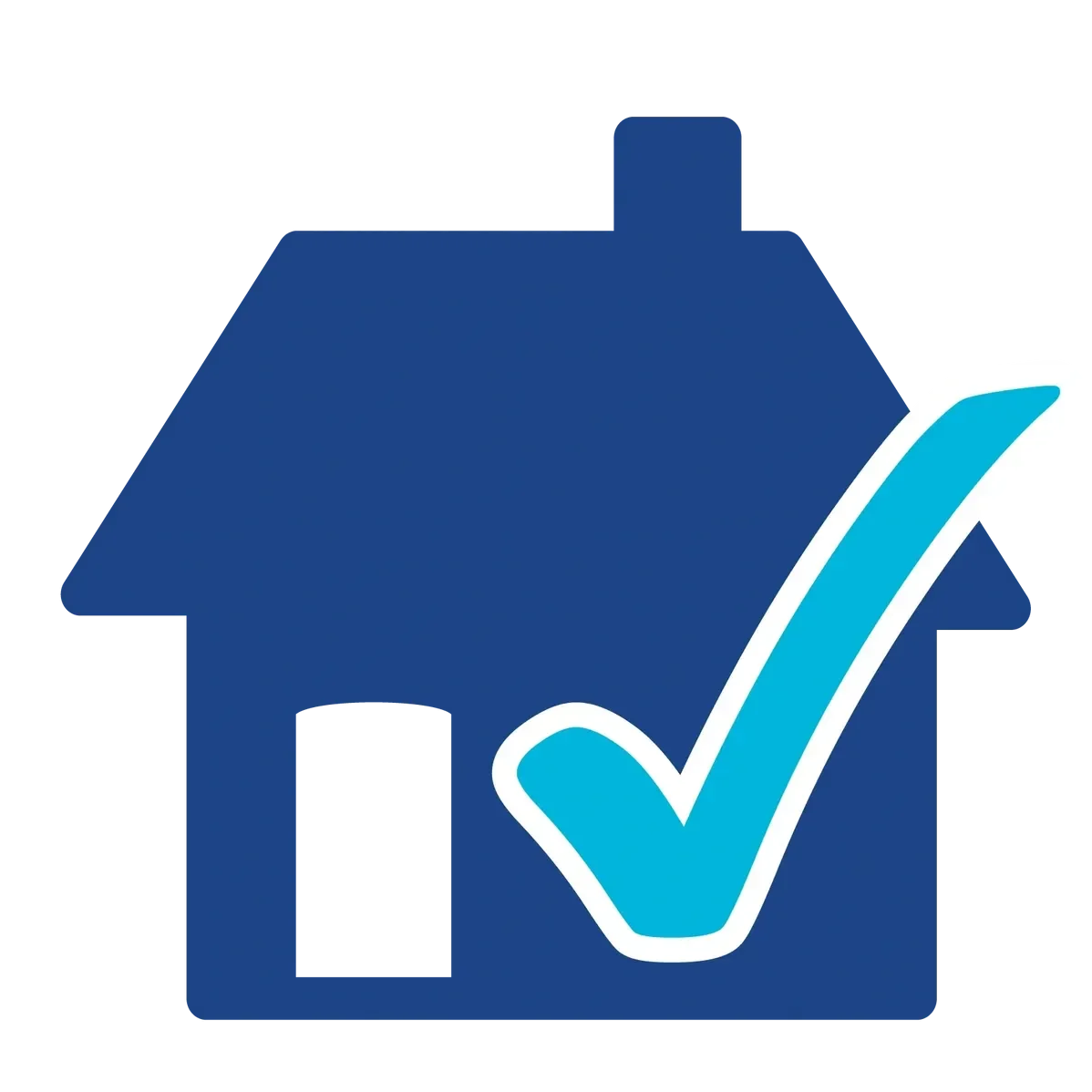Mold Air Sampling
is conducted by using a small pump to draw a metered amount of air through a collection cassette. Mold spores are trapped within the cassette. Multiple samples can be taken within a structure. The size of the structure and how many floors, can influence the number of samples taken. An outdoor control sample is always taken to ensure scientific accuracy. Then the cassettes are sent to an accredited laboratory for analysis. Laboratory results are provided and explained to the client.
Mold Air Sampling is useful in determining the amount and type of spores present in the structure, when mold has not been observed, but is suspected.
Mold Surface Sampling:
Mold Surface Sampling is conducted by applying a specialized laboratory specimen tape or slide, to collect a sample of material we suspect is mold. The sample is then sent to an accredited laboratory for analysis. Laboratory results are provided and explained to the client.
Call now to schedule
541-961-4342

when to get mold sampling
Visible Mold Growth: If you see mold on walls, ceilings, or other surfaces, mold sampling can determine the type and extent of contamination.
Water Damage: After flooding, leaks, or water intrusion, mold sampling helps detect hidden mold growth that could be harmful to your health.
Musty Odors: Persistent musty smells, even without visible mold, can indicate hidden mold growth that requires professional testing.
Buying or Selling a Home: Mold sampling provides assurance that the property is free from mold contamination before completing a real estate transaction.
High Humidity Levels: Homes with high indoor humidity are more prone to mold growth, making routine mold testing a good precautionary measure.
After Mold Remediation: Following mold removal, sampling ensures the cleanup was successful and no mold remains in the home.
